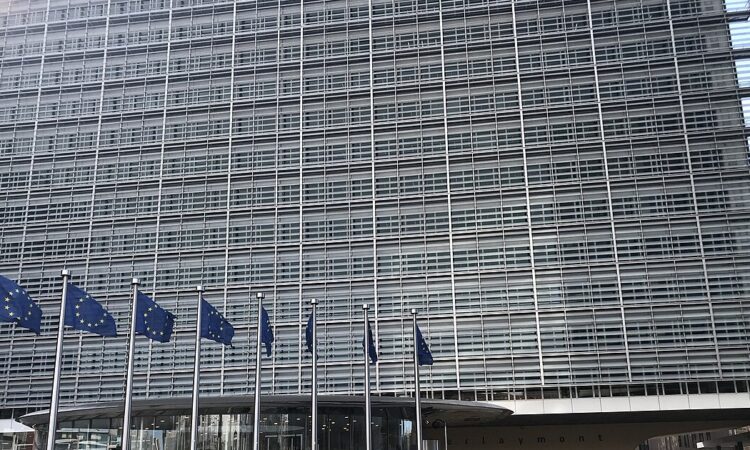
As a part of its communication initiative EU in My Region, the European Commission created a series of media trips aimed at local and regional journalists. The goal is to inform them about the EU institutions, and in particular about the Cohesion Policy. The participating journalists were also introduced to the various tools that the EU offers which can be used for their reporting on the EU and its funding mechanisms.
After attending one of the #EUinMyRegion Media Trips in Brussels, Belgium, Vera Dvorakova shares some of the takeaways:
Options for European media
The media training trip I took part in occurred between April 24t-26th in Brussels, Belgium. The other participating journalists and I were in for a busy 2.5 days, full of discussions and visitations to the different EU institutions. The discussions revolved around the EU institutions’ different roles, the Cohesion Policy and the EU can fund journalism through its Creative Europe programme grants.
Apart from many reminders on the basics of how each institution works or what the Cohesion Policy is, we also got a taste of several behind-the-scenes hotspots. It was especially interesting to learn that journalists and their media outlets are able to book the various TV broadcasting studios, including the equipment and all staff at the Parliament free of charge. The bigger ones, such as the Agora Set and The Qube in Brussels or the Staircase Set and the Lobby Set in Strasbourg, can be booked if they involve the participation of MEPs.
EU online tools (not only) for journalists
The facilities weren’t the only fascinating tool to learn about. We were also introduced to some web-based tools that might make us better journalists, among them the ‘What Europe does for me’ platform and its slightly less known sibling ‘Kohesio.eu’. Both of them are fairly comprehensive, map-based databases of projects from multiple funds and are designed in a way that makes it easier for citizens to observe which projects in their respective region were funded by the EU.
For those journalists who are more interested in numerical data, the Directorate-General for Regional and Urban Policy also maintains an open data portal that includes data on projects funded from multiple EU funds on all levels, from local to interregional. Here, journalists can find interactive data visualisations, as well as download raw data files for their own use. It’s even possible to request embedding the maps on external websites by contacting the Commission administrators, which in turn are willing to approve it.
Based on interactive maps, the two platforms might seem fairly similar. However, while ‘What Europe does for me’ has micro categories, such as “In my region”, Kohesio.eu does not. Nevertheless, it offers more information about each project, such as its overall budget and the contribution of both the EU and the respective member state.
However, as comprehensive as these projects are, they are not always user-friendly or intuitive without proper introduction. For example, Kohesio.eu often includes multiple pages for what seems like the same project. It’s important to keep in mind that we were told these sites were still in development, so use them carefully.
Questionable usefulness
Although the fully funded trips to Brussels for journalists seem like great initiatives on paper, their actual impact remains uncertain. These trips offer journalists a valuable incentive by providing the opportunity to network with peers and experience EU institutions firsthand. However, based on several conversations with participants, many journalists struggle to effectively communicate the complex information they learn during these trips to their audiences.
The main challenge lies in the limited space and time formats journalists work with, such as brief articles or short airtime segments. Explaining the intricate relationship between the Parliament, the Commission, and the Council in the lawmaking process within just a few hundred characters or a minute of airtime is extremely difficult. Consequently, despite the benefits of these media trips, they may not significantly enhance the public’s understanding of EU processes.






